Something I really admire when I’m watching a talented athlete is their agility. Diving for volleyballs. The accuracy of a free-throw. The precision of a home-run. The guts of anything requiring flipping in the air!
No matter your level of competition – from recreational to professional – training your agility is part of the process.
What is Agility?
Your response to a changing situation is a general measure of your agility. It encompasses all of your tools as an athlete and how you use them to move and act in the most effective and efficient way possible. It requires quick reflexes, balance, coordination, speed and strength in your sport.
With that in mind let’s be clear: you don’t have to be the best, strongest or fastest athlete to be agile; in fact, your intelligence and problem solving are going to be the foundation of what makes you successful! So using patterns and other gamification tools in your training will only enhance your abilities.
Why do we care about agility?
Pick any sport and there is risk involved at its highest level, albeit varied across the board for how it can happen… like a misplaced step, loss of control or simply being in the strong place at the wrong time (especially in team sports where equipment or elbows can go flying!). By training your reflexes and the smaller aspects of your movement, and the transitions in and out of common skills you are going to build muscle memory that ends up preventing injury.
Agility training is also very important for athletes to include in their injury prevention programming as it addresses vulnerabilities in your joints and muscles when you have to make sudden movements. If you train your body to react quickly in agility training you are going to react exponentially faster than someone who does not. Agility at its best can help you move in ways that help keep you focused, safe and make you just better at what you do.
How do we train agility?
Generally speaking you’ve got 5 main goals of Agility Training:
- Speed
- Balance
- Coordination
- Power Control
- Accuracy
Let’s explore exercises you can use for each of these goals….
Speed ladder agility drills: Using a piece of equipment that looks like a ladder, run forward with high knees to improve foot speed for field sports, or run laterally to improve agility for court sports.
- Forward-Running, High-Knee Drill
- Lateral-Running, Side-to-Side Drill
- Icky Shuffle
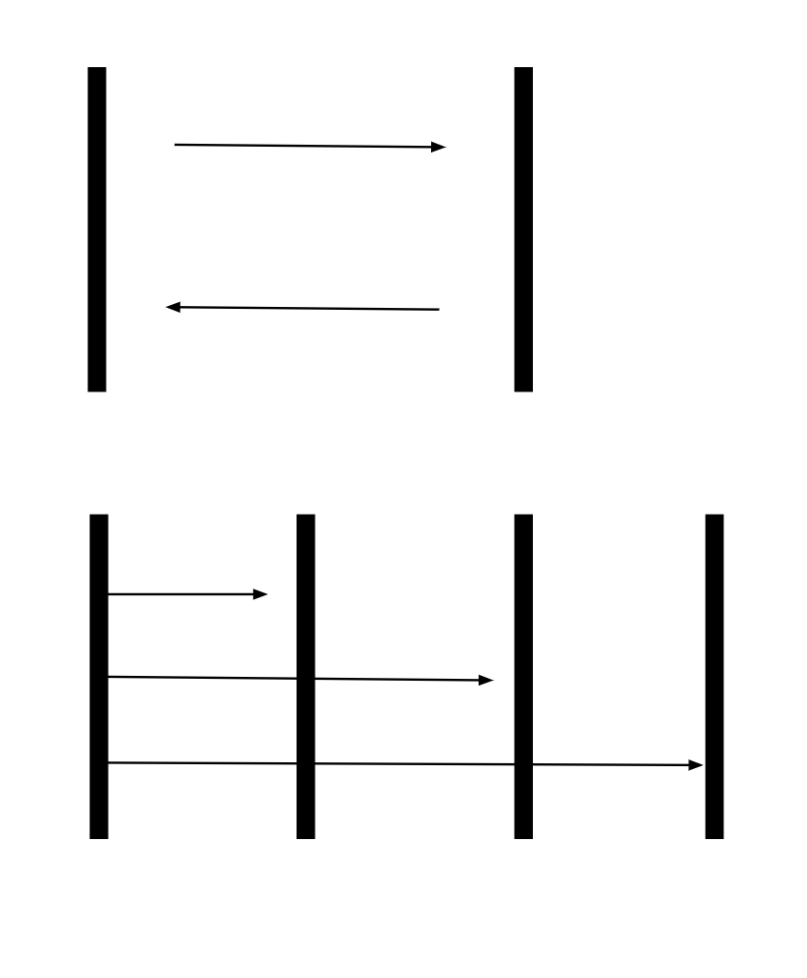
Shuttle runs:
- Sprint from marker to marker with frequent changes in direction. Here are some example patterns to mark out on your field or in your gym.
- Tape two lines (or use rope as a marker)
- Run forward to the first line, and back peddle to the base line, then run two the second line and back peddle. Repeat for as many markers as you have.
- The change up of distances between the lines determine what you want to train:
speed (longer) vs. change of direction/momentum (shorter)
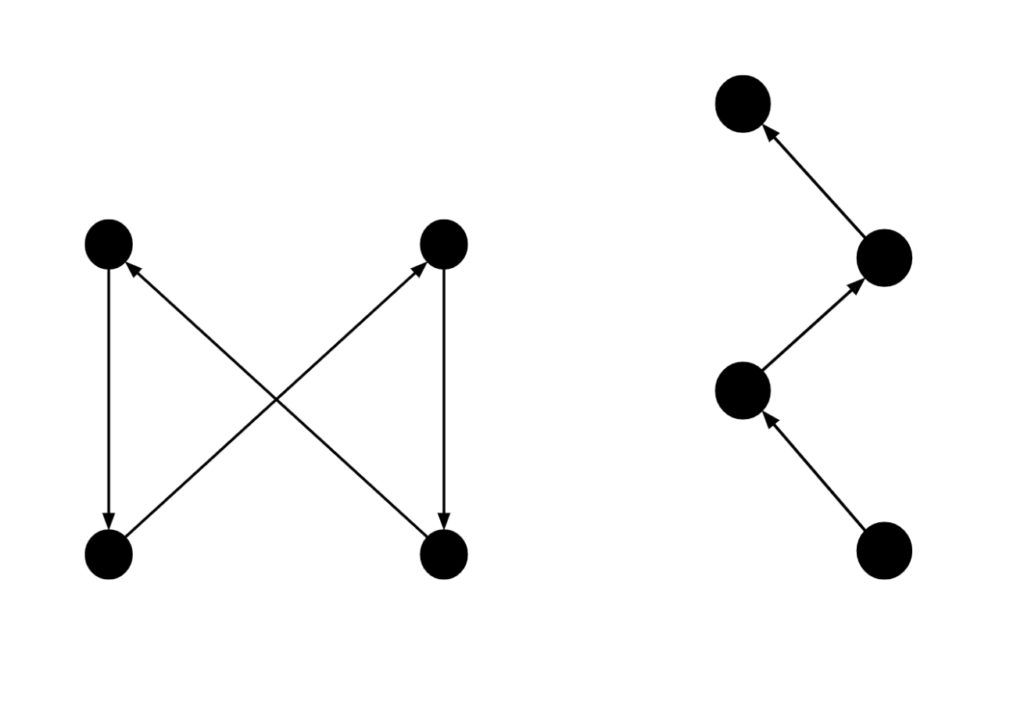
- Use pylons or another marker to make a square
- Running in an X or ‘zig-zag’ pattern will help with the lateral changes in direction
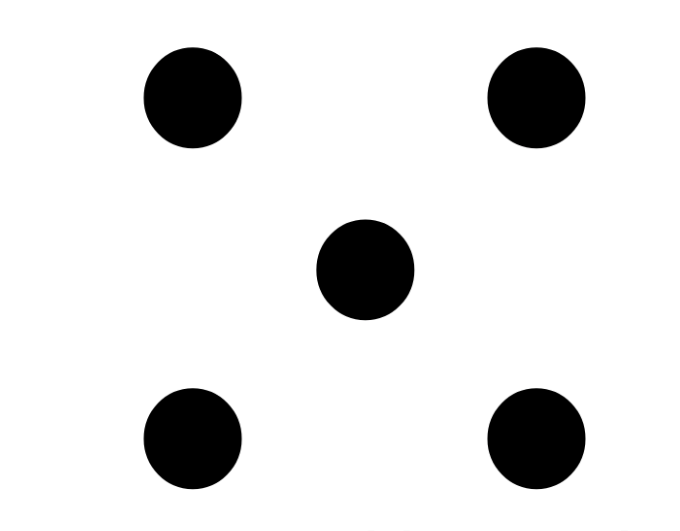
Dot drills:
These use an X-shaped pattern to jump from dot to dot with both feet at the same, one foot hops or a combination; it is used for field and racket sports as well as skiing and basketball.
Tuck Jumps:
Jump straight up from a squat position and remain tucked at the top of the jump before extending your legs to land.
Plyometrics (pylos):
a category of exercises that help you train strength and speed so you can produce maximum power in the minimum amount of time. It trains your fast twitch muscles to respond to a stretch of the muscles by a fast, controlled, contraction.
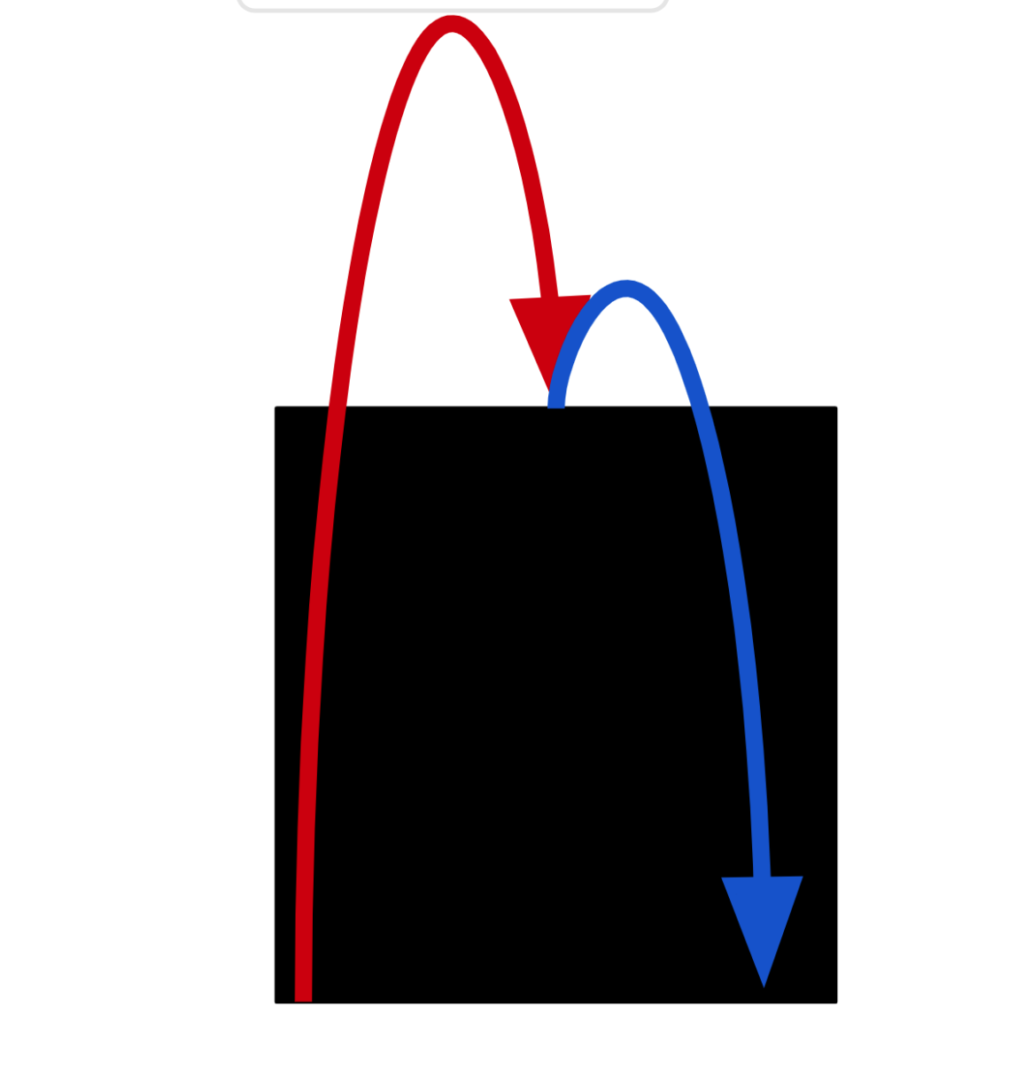
Step-Ups:
Alternating R&L step onto the box straight in front of you with both feet and step down.
Box Jumps:
Starting on the ground, jump up onto the box and back down, repeat.

Lateral Step Overs:
With the box to your side, step sideways onto the box with both feet and down to the opposite side with both feet. Repeat alternating sides.
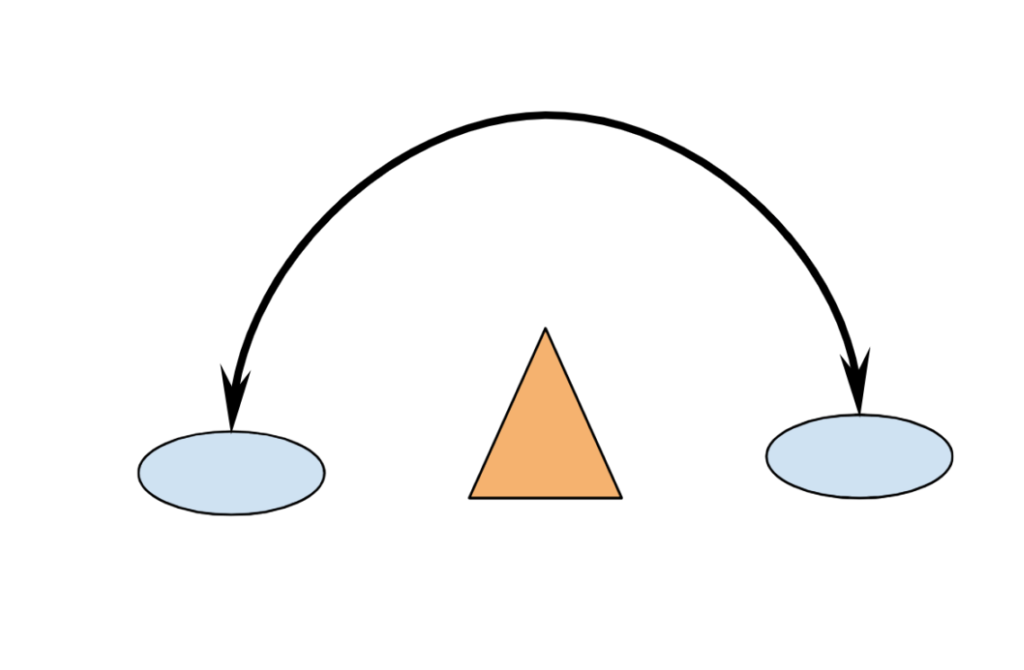
Lateral Plyometric Jumps Skater jumps:
Mark two points to either side of you with tape. Start standing with your outside foot on one of the lines and leap to the other side landing on one foot (or touching your toe to the ground for balance). Add a barrier to increase the difficulty and further progress it by gradually increasing the height of the step. As you get stronger, you can jump over exercise steps and even low hurdles.
Consider this your starter list -If you have specific goals you’d like to achieve don’t hesitate to reach out to us for an assessment!

